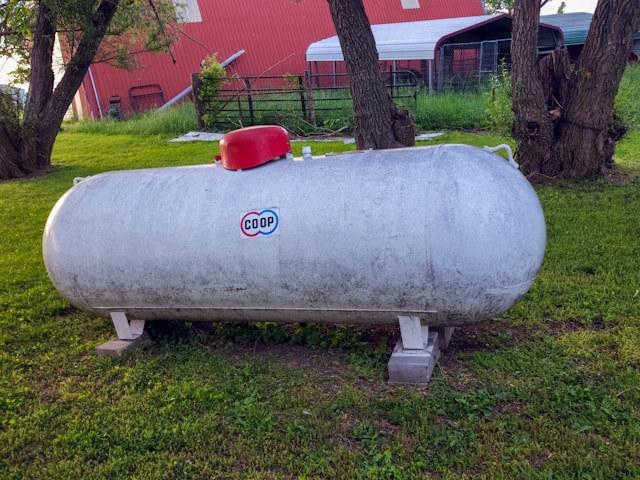Gutters help reroute heavy rainwater away from the foundation of your home. When they start to malfunction, the results can be devastating.
Several warning signs can alert you when your gutters need repair or replacement.
Sagging Gutters
Gutters go through a lot of wear and tear, so it’s not uncommon for them to show some signs of age or neglect. A big problem that can develop is sagging gutters, leading to various issues, such as leaks and foundation damage.
Gutter systems should have a slight slope to allow water and debris to flow correctly. If gutters are sagging, it is usually because they have become weighed down by clogged debris or have come loose from their mounting hardware.
Sometimes, the solution is as simple as screwing in new hangers, but it can also mean replacing entire sections of gutters. If you notice sagging gutters, taking care of them immediately is essential. Refraining from neglecting them will only worsen the problem and cause costly damage to your home. Proper gutter installation Hillsboro is crucial for the functionality and longevity of the gutter system.
Leaking Gutters
Gutter leaks can cause water to run down the sides of your house, pool around the foundation, and seep into areas of your home that should remain dry. If addressed, this can result in costly water damage.
Leaking gutters can happen for various reasons, from worn-out joints to loose fasteners and improper pitch. Regardless, repairing your gutters as soon as possible is essential to avoid severe and expensive water damage.
To determine the source of a gutter leak, you should perform a water test. During a rainy weather event, turn on a water hose and run it along the entire length of your gutters. It would help if you looked for any drips, spraying, or water pooling to determine the leak’s source. If your gutters are leaking at their joint areas, it’s likely due to worn-out sealants that need to be replaced. You may also need to replace the gutters completely.
Pooling Water
While puddles after rainstorms are regular, constant water pools can indicate drainage problems. Pooling water may be caused by clogged gutters preventing water from draining off the roof. It can also be due to a damaged water line that’s leaking.
Another reason for pooling water is tightly packed soil. The soil will only soak up rainwater or runoff if dry and compacted. This can cause erosion and water seepage into a home’s foundation or walls.
To address this, you can install extra drainage. For example, you can add a French drain to redirect stormwater into an appropriate location, such as a lawn or garden. Or you can add a splash block or roll-out drain sleeves, which uncoil during rain to allow water to pass through small holes and then roll back up when the rain stops. A landscaper can help you decide which drainage solutions work best for your home and yard.
Water Damage
Water damage is a serious issue, not just because it can ruin drywall and carpets but also because it damages other materials like wood and tarnished metal. It also leaves stains and promotes mold growth, which is dangerous for your health.
Your gutters are designed to draw rainwater away from the home, but clogged gutters prevent this from happening, and the water will pool or leak into your house. It would help if you got your gutters cleaned twice a year and after storms to keep them in working order.
When assessing water damage, three categories determine how severe the situation is and what steps need to be taken. Category 1 water is considered clean, coming from a sanitary source like drinking water or melting snow. Category 2 water is gray and may contain waste, while Category 3 water contains pathogens and toxins and requires immediate action to mitigate health risks and prevent permanent damage.



